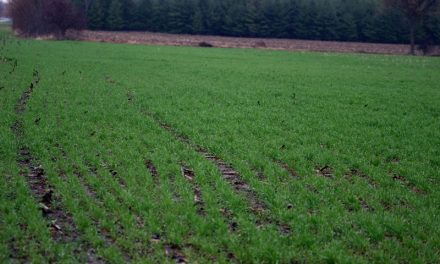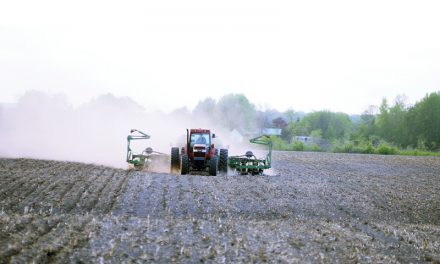by Jakob Vogel
Dairy Consultant
With the increasing popularity of total mixed rations (TMR) as a feeding strategy, the discussions around feed sorting behaviour are becoming more and more prevalent between farmers and nutritionists.
Considering the amount of time and money that has been spent in developing not only tools to quantify sorting behaviour (i.e., Penn State Particle Separators – PSPS) but also the detrimental impacts that sorting can have on high-producing dairy cows such as sub-acute ruminal acidosis (SARA), inconsistencies in manure and decreased rumination , some questions still remain. What is feed sorting? How does it happen and how can we stop it from happening?
Let’s start with the basics: What is feed sorting?
Although this may seem like a fairly simple question it can be hard to picture for any dairymen reading this who may not know what to look for when analyzing their feed bunks. Feed sorting is the ability for cows, heifers and even calves to sort out tasty bits from their diets and leaving behind the more unpalatable, typically more fibrous portions.
How does this happen? Bringing this back to the title question, feed sorting is in fact a learned behaviour. Research conducted at the University of Guelph – Kemptville Campus, from the summer of 2013 through Trevor DeVries and his research team (including this author) showed that Holstein heifers fed by components were actually better at sorting a novel TMR compared to other heifers that had previously been fed TMR. So basically, cows that were fed TMR from younger ages are not able to sort as well as cows that were fed their ingredients separately.
So far, we now know what feed sorting is, and how it happens or is learned within our dairies. The final questions is – How do we stop it? This is a very multifaceted question which affects management strategies within the different groups of animals found on modern dairy farms.
- Dry TMR for transition calves: This can be done using hay, but straw is preferred due to the effectiveness of the fibre in rumen development but also the consistency between bales or loads of straw compared to even mature grass hay. This can be chopped no longer than 1.5” (for calves). Depending on the dairy size, the ability to do this using your own TMR mixer can be quite difficult.
- TMR for heifers and dry cows: This is similar to the calves, but justifying a TMR batch can be difficult, depending on the size of your dairy. Although not ideal, some producers are having great results by feeding one batch per two days. Keep in mind that this is much easier said than done and best yields in the winter when silages will stay cold and the risk of heating is much lower.
Monitor the chop length and the possible use of propionic acid to slow down the heating process during the summer months.
- Moisture of TMR: Regular Koster tests (moisture) tests will help manage the amount of water needed to be added to create an ideal moisture content of your mixes. Typically 48 per cent dry matter is ideal for the total mix.
- Chop length: No long fibre! The mix needs to be blended in a way that no forage is longer than 2” or 2.5” long. Penn States should be done regularly and more frequently when changes to the ration occur to insure that there is no overmixing the batch.
- Latest recommendations: Since Cornell University is the body that seems to be doing most of the work using the Penn State (PSPS) as an on-farm tool to maximize feed efficiency and rate of passage, it is best to follow their recommendations which are:
- <5 per cent on the top layer;
- >50per cent on the second sieve;
- 10-20per cent in the third sieve;
- 25-30 per cent on the bottom pan.
These recommendations changed last year so make sure to check for up-to-date information on these to maximize feed efficiency.
Remember to talk to the nutritionist and other members of your management team to determine which opportunity will yield the biggest results on your dairy.
For additional details on the study mentioned above, the paper, Short Communication: Feed sorting of dairy heifers is influenced by method of dietary transition, Miller-Cushion EK, et al, is published in the Journal of Dairy Science, 2015 April 1998 (4):2687-2692.












